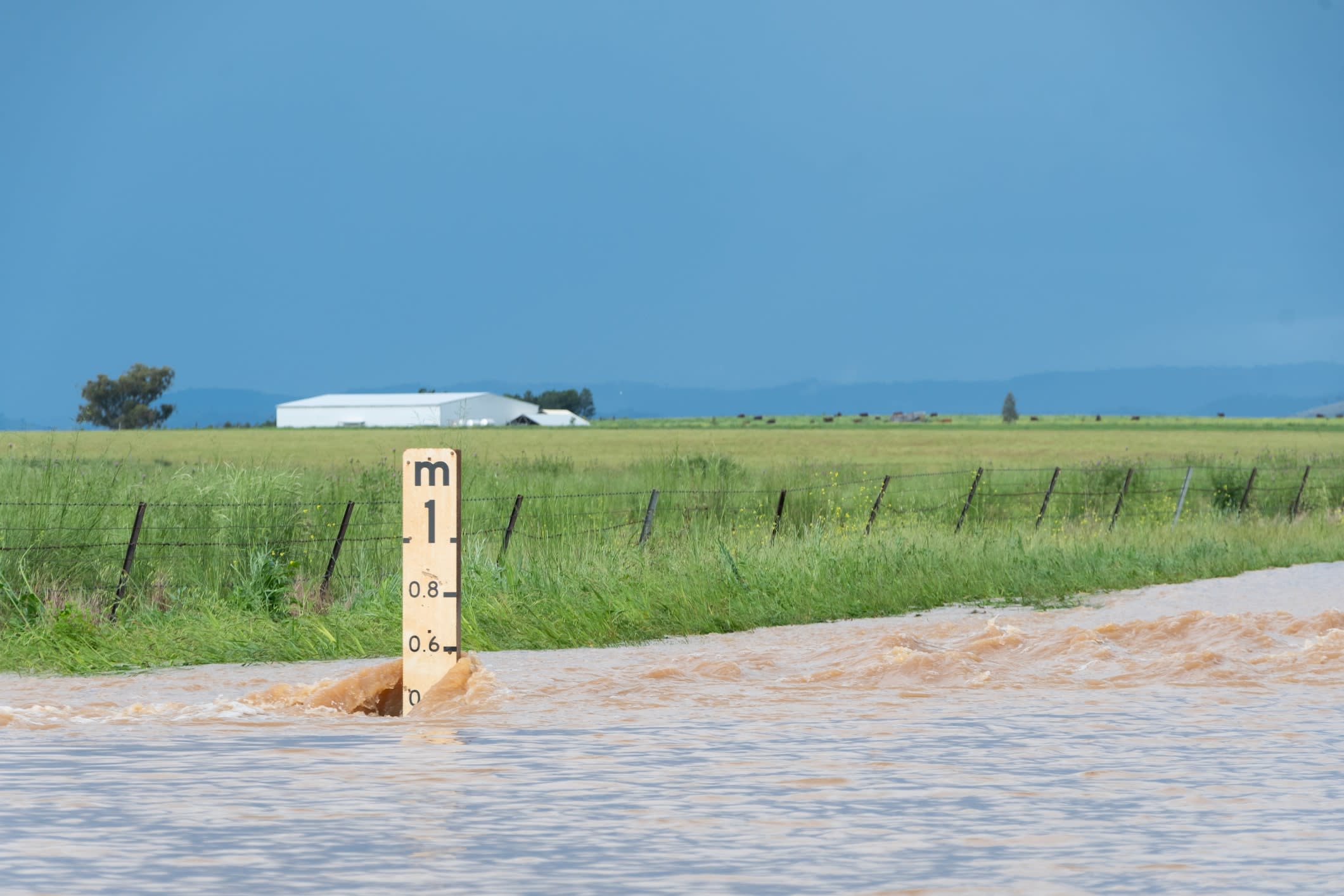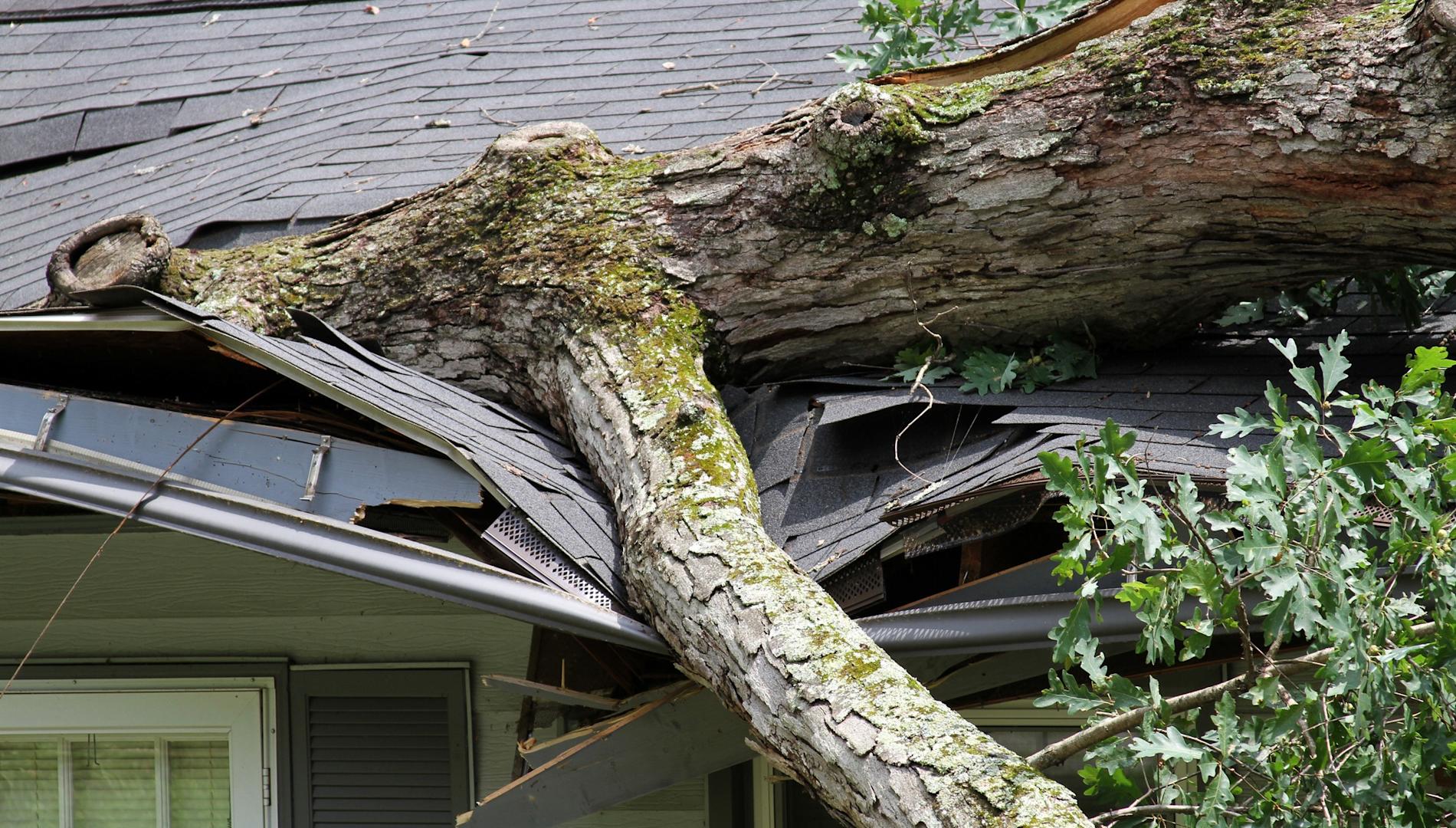From warning to action: The real cost of inaction on disaster resilience
Australia’s ability to build resilience is failing in the face of climate change and increasing frequency and severity of extreme events. In the next decade, this failure may itself be seen as a disaster.
We’re in urgent need of innovative approaches that support local leadership, build collaboration, and link private and public finance to local priorities.
We know what to do. There’s a substantial body of academic and grey literature on how to drive adaptation, and it’s neatly summarised on the Australian government’s website.
But we’re not getting it done. We’re not acting on the evidence. There’s a lack of leadership, innovation and resources, as well as poor use of the resources available.
Reports highlighting what is not happening appear regularly – the Climate Change Authority’s Home Safe report called for national leadership on adaptation, and the Australian Local Government Association’s Adapting Together report illustrated the role local government could play while pointing out it needed money to do so.
Late last year, the Colvin Review of disaster funding highlighted how little had changed since the Productivity Commission noted in 2015 that 97% of funding was spent after a disaster and only 3% prior. Colvin found only 7% was spent on disaster risk reduction and resilience. Zero on prevention.
Both Colvin and the earlier Glasser Review of disaster governance contain variations on the point that there’s currently no “home” for resilience at a national level, which is undermining the efficiency and coherence of efforts to prepare for rapidly-accelerating risks. This is true at every level of government.
Glasser drew attention to siloed approaches to risks and threats, and agendas that focus on immediate challenges to the detriment of emerging (systemic) challenges, underinvestment in risk reduction and resilience, and insufficient consideration of the sweeping changes and innovations required to address emerging risks.
The siloes, with their own cultures and priorities, go all the way to the top. At National Cabinet, adaptation and resilience is the domain of the Energy and Climate Change Ministerial Council, while disaster management and resilience is the remit of the National Emergency Management Ministers’ Meeting.
That we have two ministerial councils responsible for resilience seems absurd when so little is being done. It’s worth looking behind the veil at the on-ground impacts.

NSW east coast floods
New South Wales coastal regions experienced two extreme events in close proximity this year, in May and early July. As a result of the May event, 12 local government areas (LGAs) along the NSW east coast were the subject of disaster declarations, meaning people affected are eligible for Australian Government Disaster Recovery Payments (AGDRP).
Disasters are not new to this region. The 12 LGAs have averaged more than one disaster declaration a year since 2006, according to a database provided by the National Emergency Management Agency. As you would expect, the trend line is going up.
The NSW Government Flood Data Portal shows across the 12 LGAs an average of more than 25 floodplain risk reports. A 2016 report for the NSW government found east coast lows (ECLs) were a common, prominent and pervasive weather feature affecting this area, with potential to become more intense and more frequent.
Despite the high probability of these events, it was devastating for these communities that five people died, more than 10,000 properties were damaged, more than 1000 deemed uninhabitable, an estimated 150,000 stock animals were lost, and more than 7000 insurance claims were lodged to the end of May.
The cost will be significant and long-lasting. Private costs such as insurance premiums will inevitably rise and more people will drop coverage, to say nothing of the loss of economic activity. Treasurer Jim Chalmers recently indicated Treasury estimates the economic cost of Cyclone Alfred and the NSW floods disasters at $2.2 billion.
Longer-term impacts on health and wellbeing, displacement and homelessness, as well as productivity, could be just as significant.
The cost to taxpayers of disaster relief, recovery and other payments is unsustainable. The Colvin Review, using modelling by Deloitte, estimated the cost of disasters rising from $12 billion in 2023-24 to (estimated) more than $40 billion in 2049-50, with an annual cost to the federal budget of $9 billion.
Institutional failure
Yet, Australia continues to underinvest in resilience, as Colvin and others have noted. A recent report by the World Resource Institute analysed 320 adaptation and resilience investments in 12 countries, totalling US$133 billion. It found every dollar invested in adaptation and resilience generates more than $10 in benefits over 10 years.
The limited amount we do invest isn’t reaching the places where it’s needed most.
Seven of the 12 NSW LGAs subject to disaster declarations in May are in the top 20 NSW LGAs for disaster declarations.
Analysis of where funds from the Disaster Ready Fund and previous Flood Mitigation Fund go shows none of the 12 LGAs are in the top 20. In fact, if we combined all 12, they would still only rank seventh for funds received in NSW.
Without leadership, capability and money, adaptation doesn’t happen. The states are not funding adaptation.
NSW’s infrastructure pipeline shows no evidence of adaptation investment. In Victoria, infrastructure managers won’t waste their time thinking about adaptation if there’s not going to be any funding to support implementation.
At a local government level, apart from a few capital city LGAs, local government doesn’t have the resources, science or capability to lead on adaptation. Councils told a survey by Local Government NSW that lack of funding, staff and skills, combined with uncertainty and inconsistency in the approach of governments, were barriers to adaptation.
Regional councils are particularly poorly-equipped yet often face the biggest challenges. Only 12% of regional councils who responded to the survey (a little over half) had an adaptation budget. There’s little correlation between climate impacts and progress on adaptation. No money, no staff, no capacity, and no leadership mean no action.

New institutions needed
Change isn’t going to happen while there's no clear owner of adaptation (or as one colleague remarked, the first problem for adaptation is the lack of a customer). The Council of Australian Governments statement on intergovernmental responsibilities for adaptation gives every level of government responsibility, but no one is responsible.
If climate impacts are local and responses need to reflect local values and priorities, adaptation needs local leadership. That will only happen with support from federal and state governments providing the means – access to finance, technology, science and people. This is likely to require new federal and state coordinating institutions.
If single LGAs lack capability, we’ll need to innovate. Green Lab’s Climate Resilience Districts project is looking at how we assemble local jurisdictions and other stakeholders, facing a common set of climate impacts, into a governance structure focused on adaptation that can be the customer for adaptation and receive support required.
These districts need to be supported by higher levels of government to move through the Global Climate Resilience Framework – understand risks, develop a plan, implement, measure and evaluate, repeat.
They’ll need to be able to analyse available risk data, build consensus on priorities, raise the funds required, and manage implementation.
All elements of government need to be accountable for ensuring cohesion and outcomes. We can’t wait indefinitely. It’s time to get the job done. Before COP31.
Monash Business School Green Lab will discuss elements of this model in a panel session at the Climate Adaptation 2025 Conference in Perth on 25 July. Green Lab also conducts regular roundtables on adaptation, with the next scheduled for 31 July to discuss financing adaptation. Register here.







